Removing a drill press chuck doesn’t have to be an intimidating task. You don’t need to be an experienced craftsman or professional mechanic in order to do it right. This quick and easy guide to removing your drill press chuck will provide you with all the necessary steps for a successful, hassle-free experience. All you need is a few simple tools, basic knowledge of drill press parts, and the determination to get the job done.
What is a Drill Press Chuck?
It consists of a cylindrical body with three or four jaws that can be tightened by turning a key or handle located on the side. The jaws are typically made from hardened steel and designed to firmly grip round, hexagonal, square, and other shaped drill bits without damaging them.
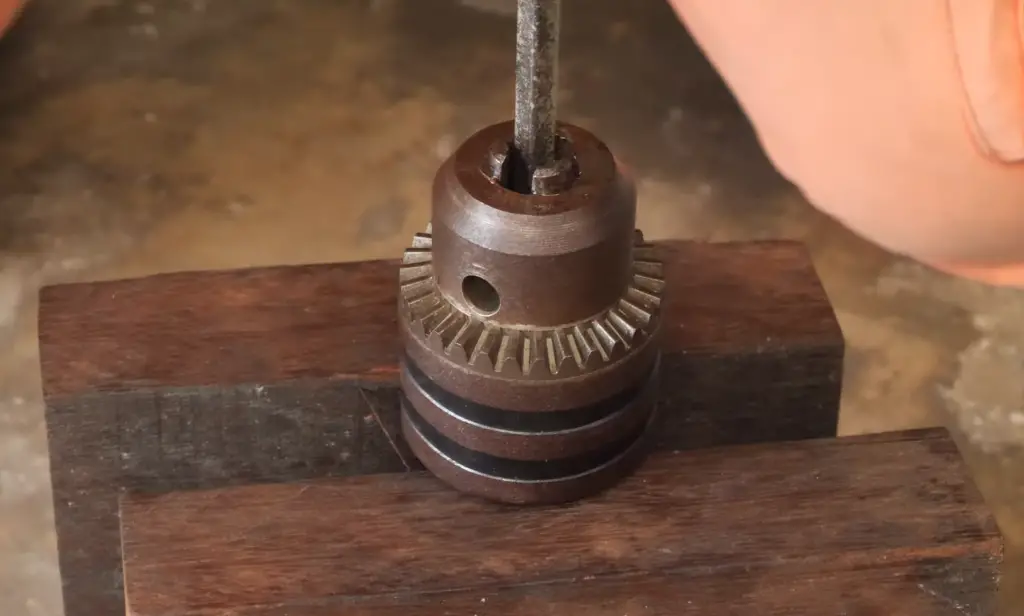
A drill press chuck also comes with an adjustable depth stop which allows the user to set how far down the bit should go into the material being drilled. This ensures consistent drilling results and helps prevent over-drilling or damage caused by applying too much pressure when drilling hard materials. Drill chucks are available in various sizes and configurations depending on their intended use.
In addition to being used with drill presses, drill chucks can also be used on hand-held drills and other power tools. They are generally compatible with a wide range of bits, including twist drill bits, countersinks, counterbores, plug cutters, and even reamers. When installed properly on the tool spindle and secured tightly using the key or handle mechanism, they provide reliable performance for all types of drilling applications.
Additionally, most high-quality chucks come with ball bearings which allow for smoother operation and longer life spans than those without them. As such, it is important to consider a chuck’s quality when selecting one for your project needs [1].
Why do you need to remove a chuck?
Removing a chuck is often necessary when you need to replace it with a different size or type of chuck. This could be because the material you are trying to work on is too big for your current chuck, or because you want to switch from one style of bit (such as a round nose) to another (like a straight-fluted bit). It can also be required if you have experienced any issues with the current chuck such as slipping, jamming, or difficulty tightening/loosening the jaws.
In some cases, simply cleaning and lubricating the existing chuck can help resolve these problems, but in other cases removing and replacing it may be necessary. Whatever the reason for needing to remove a chuck, it must be done carefully and with the right tools to ensure the safety of yourself and your machine.
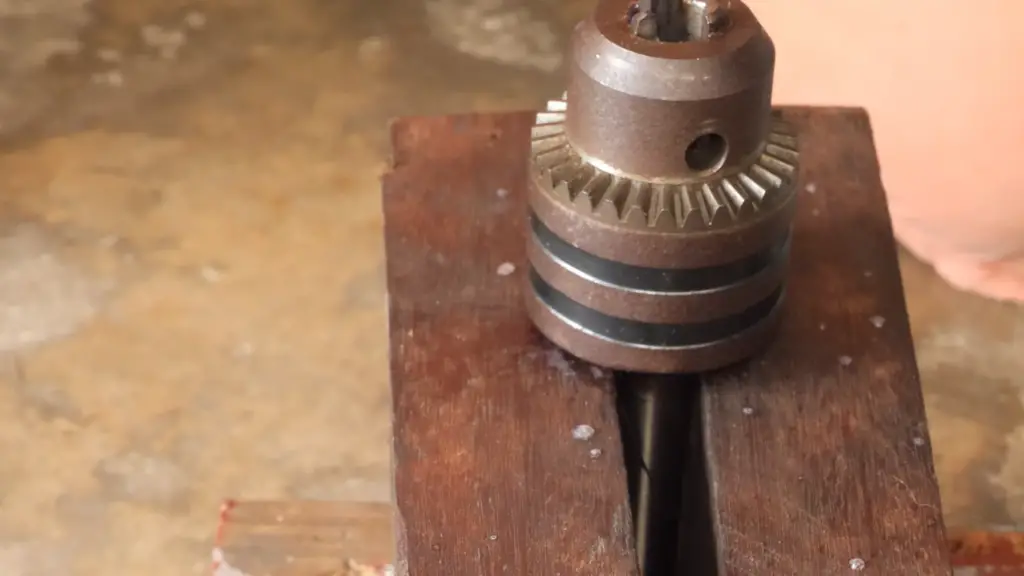
Two Methods to Remove the Chuck Properly
Method #1: Right Chuck Removal Key
The first method to remove the chuck from a drill involves using a chuck key. This is the most common method used and it requires you to insert the chuck key into the square hole on top of the chuck, then turn it counterclockwise until it comes loose from the drill. Be sure to hold onto both ends of the chuck while performing this procedure, as otherwise, it may jump out unexpectedly. Once loose, slide off the sleeve from around the bit shank and set aside.
Method #2: Hammer and Block Method
The second method for removing a stuck drill chuck requires some additional tools but is often effective when all else fails. Begin by placing a block or piece of wood firmly against one side of the chuck with a hammer. Tap the block lightly so that it puts pressure on one side of the chuck. This should loosen or break up any dirt or corrosion around the bit shank, making it easier to remove. Once loose, slide off the sleeve from around the bit shank and set aside.
Drill Press Chuck Replacement
Step 1: Remove Spring Washers
To replace the chuck on a drill press, you will need to start by removing the two spring washers that are located on either side of the armature shaft. Use a flathead screwdriver or a pair of needle-nose pliers to remove them. If necessary, use a hammer to help loosen and remove them.
Step 2: Remove Chuck Retaining Ring
Once the spring washers have been removed, you will need to take off the retaining ring that is around the body of the chuck. This can usually be done with an adjustable wrench or pliers. Again, if needed, use a hammer to help loosen it. Make sure not to lose any pieces in this step as they may be necessary for the next step.
Step 3: Remove Chuck from the Armature Shaft
Once the retaining ring has been removed, you can now use a pair of needle-nose pliers to remove the chuck from the armature shaft. Be sure to hold onto it tightly as it may be difficult to get off. If needed, use a hammer to help loosen and remove it.
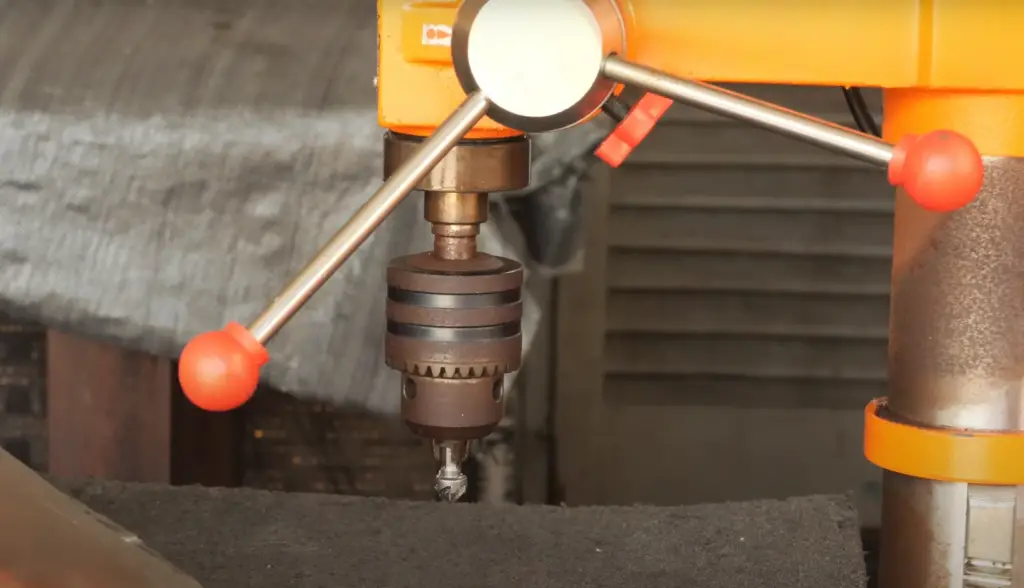
Step 4: Attach New Chuck
Now that the old chuck is off of the armature shaft, you are ready to attach your new chuck. Place it on top of the armature shaft and tighten it down with a wrench or pliers.
Step 5: Reattach Spring Washers
Once the new chuck is in place, you can now put the two spring washers back on either side of the armature shaft. Use a flathead screwdriver or a pair of needle-nose pliers to help secure them.
Step 6: Reattach Retaining Ring
Finally, place the retaining ring back around the body of the chuck and tighten it with an adjustable wrench or pliers. Make sure that it is secure before you attempt to operate your drill press [2].
Tips to Avoid a Damaged Chuck
- Make sure that the drill bit is compatible with the chuck and won’t cause undue strain.
- Never tighten a drill bit by hand as this can result in damage to both the drill bit and the chuck.
- When using a hammer drill, be sure to use it on light surfaces like wood or plastic only. Hammer drills should not be used on hard surfaces like concrete, stone, or metal as they may damage the chuck and reduce its lifespan.
- Always check that the clutch is set at an appropriate level for the job you are doing – if it’s too low you could strip out screws or over-tighten a screw, while if it’s too high it can cause the chuck to be damaged.
- If you are drilling into soft materials like wood, make sure that the drill bit is sharp and doesn’t have any burrs on it. Using a dull or damaged drill bit can lead to more force being applied to the chuck, resulting in damage.
- Always use proper lubricants when drilling into metal – this helps reduce friction between the drill bit and the surface of the material being drilled, reducing wear and tear on the chuck over time. Additionally, the use of lubricant will also help improve performance as it reduces heat build-up which leads to increased torque transfer from the motor through to the chuck.
- Make sure that your drill motor is in good working order – a powerful motor with enough torque will reduce the strain on the chuck while providing better performance.
- Regularly inspect your chuck for wear and tear, and replace any parts that are damaged or worn out. This will ensure that your chuck lasts longer and functions properly.
- When changing drill bits, always make sure to firmly tighten the chuck so there is no play between the bit and the chuck itself. Also, make sure that you don’t over-tighten it which could cause damage to both the bit and the chuck.
- Never force a drill bit into a material – if it won’t fit then it means that either you have chosen an incorrect size or the material is too hard for the bit. In either case, using excessive force could result in damage to the chuck.
- Lastly, always make sure that you store your drill and chuck safely away from any moisture or dust which can corrode and damage metal parts over time. This will help ensure that your chuck remains in good working condition for years to come.
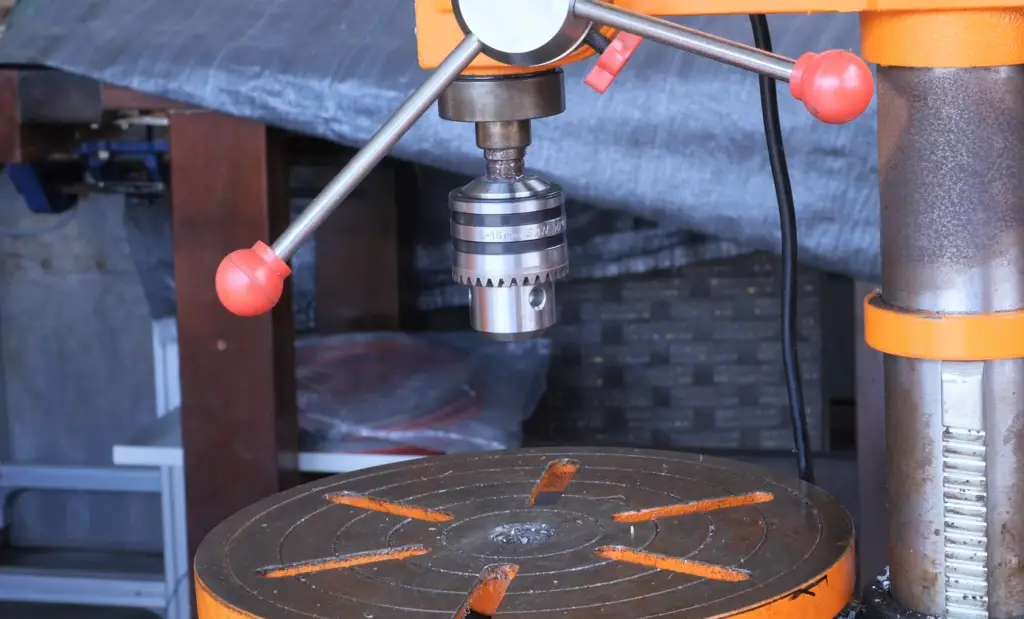
How to Attach a Chuck to the Drill Press
Attaching a chuck to the drill press is an essential part of using this type of tool. It ensures that all the components stay firmly in place while you work. Follow these steps to properly attach a chuck to your drill press:
- Place the chuck onto the spindle of the drill press and align it so that its keyways match with those on the spindle.
- Securely tighten the chuck by turning it clockwise until it is snug against the spindle. Do not over-tighten, as this may damage both parts or create unnecessary pressure on them.
- Once you have securely tightened the chuck, use a hand wrench or socket driver to make sure it is secure. Depending on the size of your drill press, you may need a larger wrench or socket driver for this step.
- After attaching the chuck to the spindle and ensuring that it is secure, insert your drill bit into it and tighten it down using a hand wrench or socket driver. Make sure that the bit is tightly secured before beginning any drilling operations.
And that’s all there is to it! With these simple steps, you can easily attach a chuck to your drill press and begin using it right away. Once attached, make sure to perform regular maintenance checks on both the chuck and drill press to keep them operating safely and efficiently.
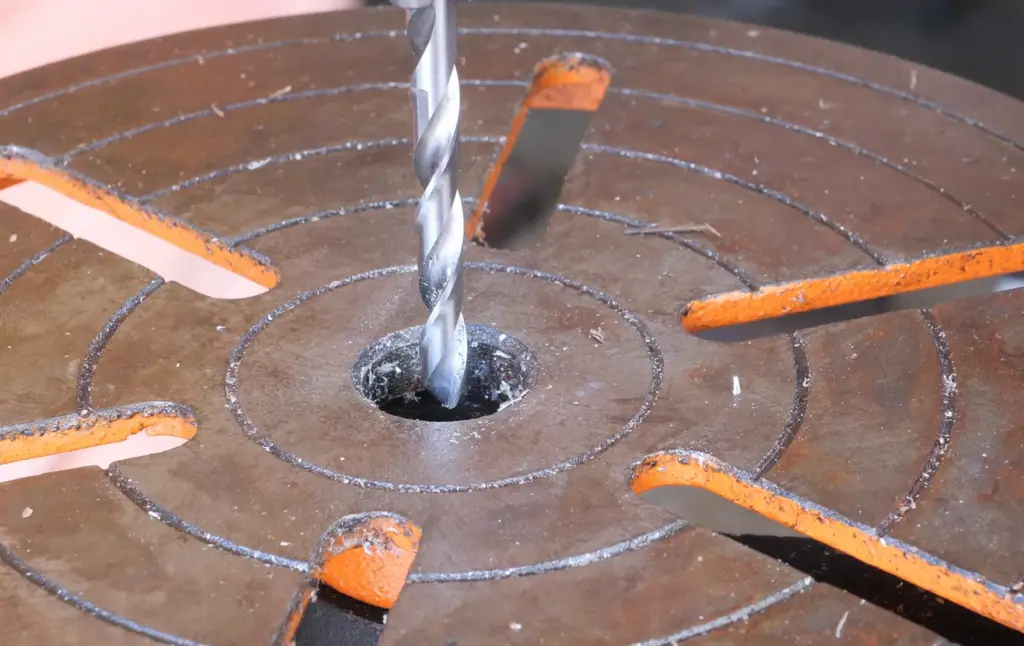
FAQ
Why does the chuck get stuck on the drill?
The chuck on a drill is designed to hold the drill bit in place. If the chuck becomes loose or dirty, it can cause the drill bit to become stuck in the chuck. The best way to fix this issue is by cleaning and tightening the chuck. If you are unable to loosen or clean the chuck, then you may need to replace it. In some cases, an incorrect bit size may also be causing the problem. Make sure that your drill bit matches the size of your drill’s shank before using it.
How often should I change my drill bits?
It depends on usage and the material being drilled, but generally speaking, you should replace your drill bits once they start becoming dull and losing their sharpness. Additionally, you should replace bits that have become chipped or cracked as these can lead to more serious problems. It is also important to ensure that your drill bits are the correct size for your chuck and shank so that they stay securely in place.
Are all drill chucks similar?
No, drill chucks come in a variety of sizes and styles. Most cordless drills will have either a keyless chuck or a keyed chuck. Keyless chucks are designed for quick bit changes and do not require an additional tool to use. Keyed chucks need to be tightened with an Allen wrench or other tool, but they provide more torque than keyless chucks. It is important to make sure that your drill bit matches the size of your chuck before using it.
What should I look for when purchasing drill bits?
When buying drill bits, you want to make sure that they match the size of your shank and chuck as well as being constructed from high-quality materials such as steel alloy or carbide. Additionally, you should look for drill bits with sharp edges and flutes that are designed to cut quickly and cleanly through the material being drilled. It is also a good idea to research different brands and compare prices before making your purchase.
What is the difference between a cordless drill and an electric drill?
A corded electric drill runs on electricity from an outlet instead of a battery, while a cordless drill runs on battery power and does not need to be plugged in. Cordless drills are typically more expensive but offer greater flexibility as you can use them anywhere without having to worry about finding an electrical outlet. However, corded drills are generally more powerful than their cordless counterparts due to their direct connection to power sources.
How do I keep my drill bits in good condition?
Regular maintenance is the key to keeping your drill bits in good condition. Make sure to wipe down and oil drill bits after each use as this will help prevent rust and corrosion. Additionally, you should store them in a dry, well-ventilated area when not being used. Finally, inspect your drill bits regularly for any signs of wear or damage so that they can be replaced if necessary. These tips will help ensure that your drill bits last longer and perform better over time.
Useful Video: How To Replace / Fix Drill Press Chuck
Conclusion
Removing a drill press chuck is a relatively straightforward process and can be done quickly with the right tools. As long as you choose the correct type of chuck key for your drill press, you should be able to detach and reattach it without any difficulty. Remember that different drill presses may require different types of chuck keys, so make sure to identify the correct one before beginning the process. With these steps in mind, you’ll have no trouble removing and replacing your drill press chuck.
References
- https://ronixtools.com/en/blog/how-does-a-drill-chuck-work/
- https://www.instructables.com/Drill-Press-Chuck-Replacement/






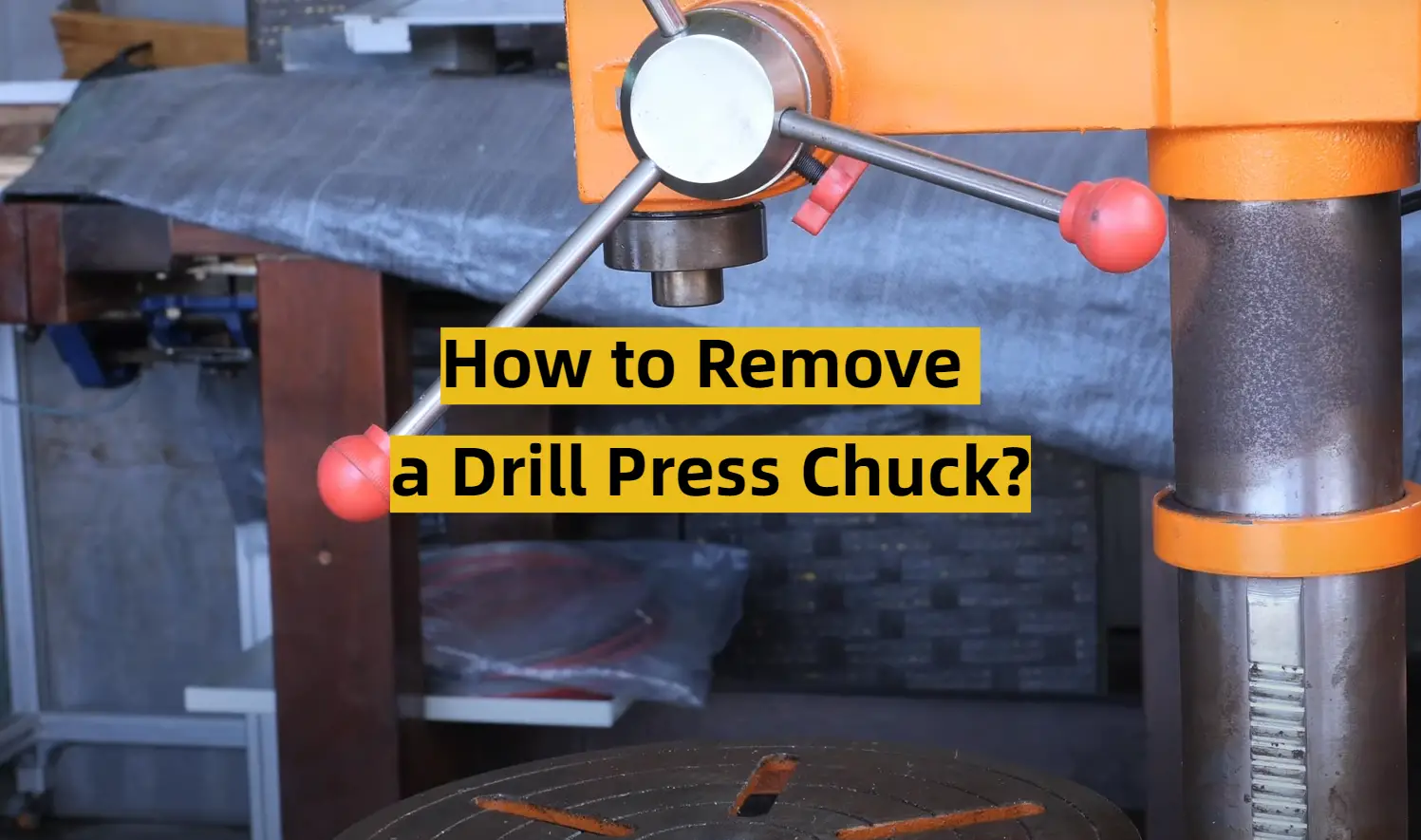




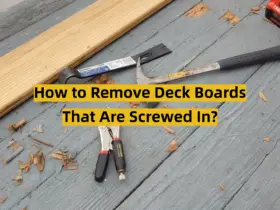
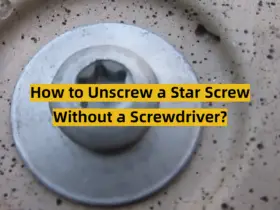
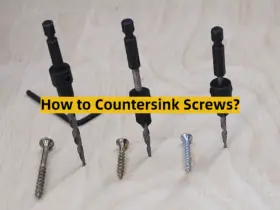
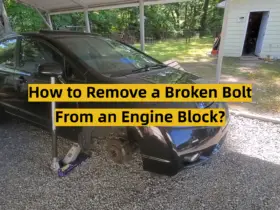
Leave a Reply